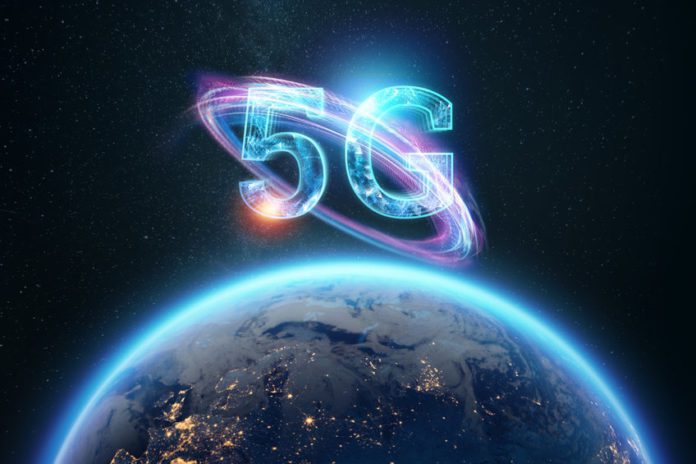Omdia said that South Korea leads in terms of 5G coverage, with 40% of the population, followed by Hong Kong and mainland China
5G will account for almost 60% of global mobile service revenues in 2026, coming from 40% of subscriptions by volume, according to Omdia.
Omdia expects more 5G subscriptions to be added in 2022 than the last three years since the technology was launched commercially in 2019.
“Although 5G is still in its infancy, representing just 5% of all mobile connections, 5G mobile service revenues are set for rapid growth over the coming few years, driven by rapid adoption of 5G devices and higher spending by 5G customers as they increase their usage of data and digital services,” said Maria Rua Aguete, senior research director at Omdia.
“We are expecting that by 2026 40% of all mobile subscriptions will be 5G, totaling 4.8 billion. Furthermore, annual 5G mobile service revenues are expected to reach $540.01 billion worldwide by 2026, representing 60% of global mobile revenues,” she added.
According to Omdia, the growth in 5G mobile service revenues will drive overall mobile service revenues to $911.61 billion globally in 2026, up from $798.57 billion in 2019.
China had 357 million 5G subscribers at the end of 2021, followed by the U.S., Japan, and South Korea.
However, in terms of the percentage of population with 5G connections, South Korea is ahead, as more than 40% of the population has a 5G connection. South Korea is followed by Hong Kong, with 39% and China, with a population coverage of 30%.
“Regarding 5G monetization and increase in ARPU, although that direct evidence of the impact of 5G on ARPU is still fragmented, as 5G SIM penetration remains low in many markets and COVID restrictions are lifted/re-introduced, telcos should provide a strategy that makes 5G attractive to its users and that it is extremely likely that 5G will have an overall positive effect,” the analyst said.
Omdia also believes that gaming, streaming video, AR and VR are some of the key drivers for consumers to select 5G plans. Telcos have most frequently adjusted their pricing models by adding data tiers or extra data allowances, or speed tiers—rather than new 5G-based services. The analyst advised that operators should look to bundle “rich” 5G apps and services to drive demand.

